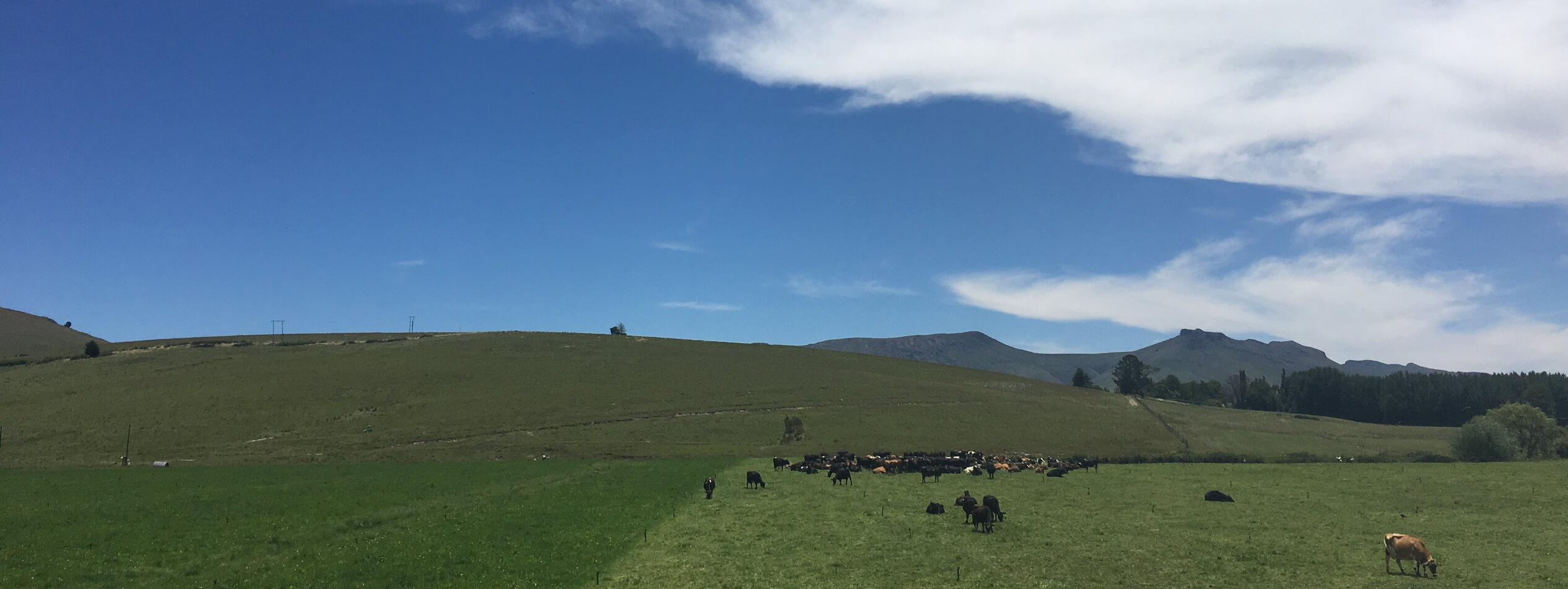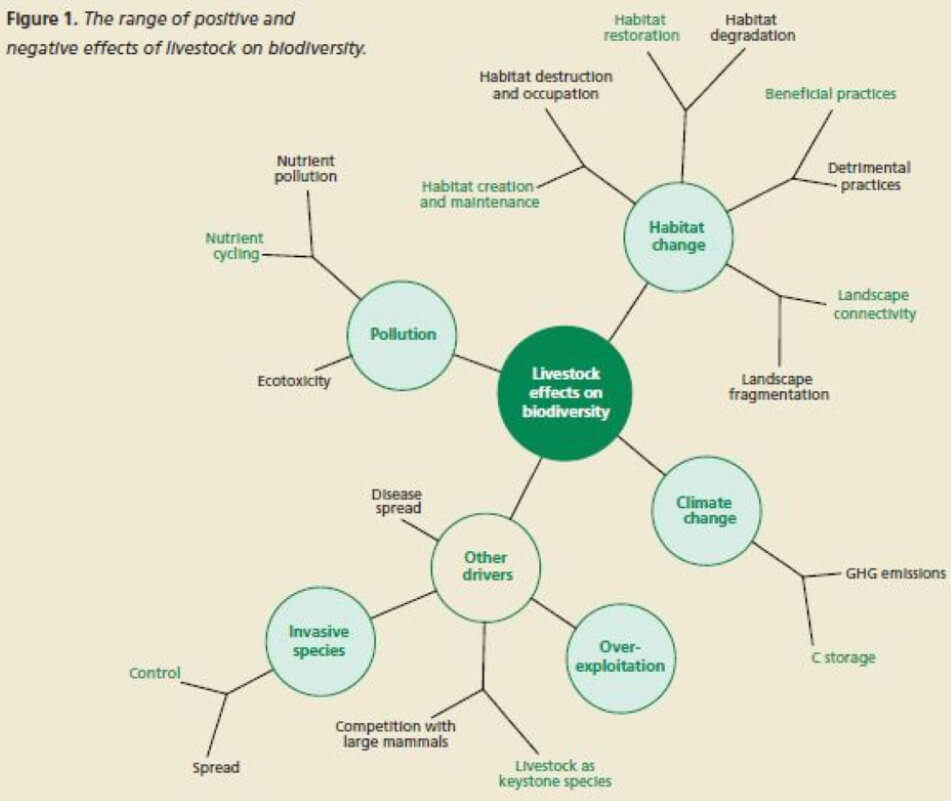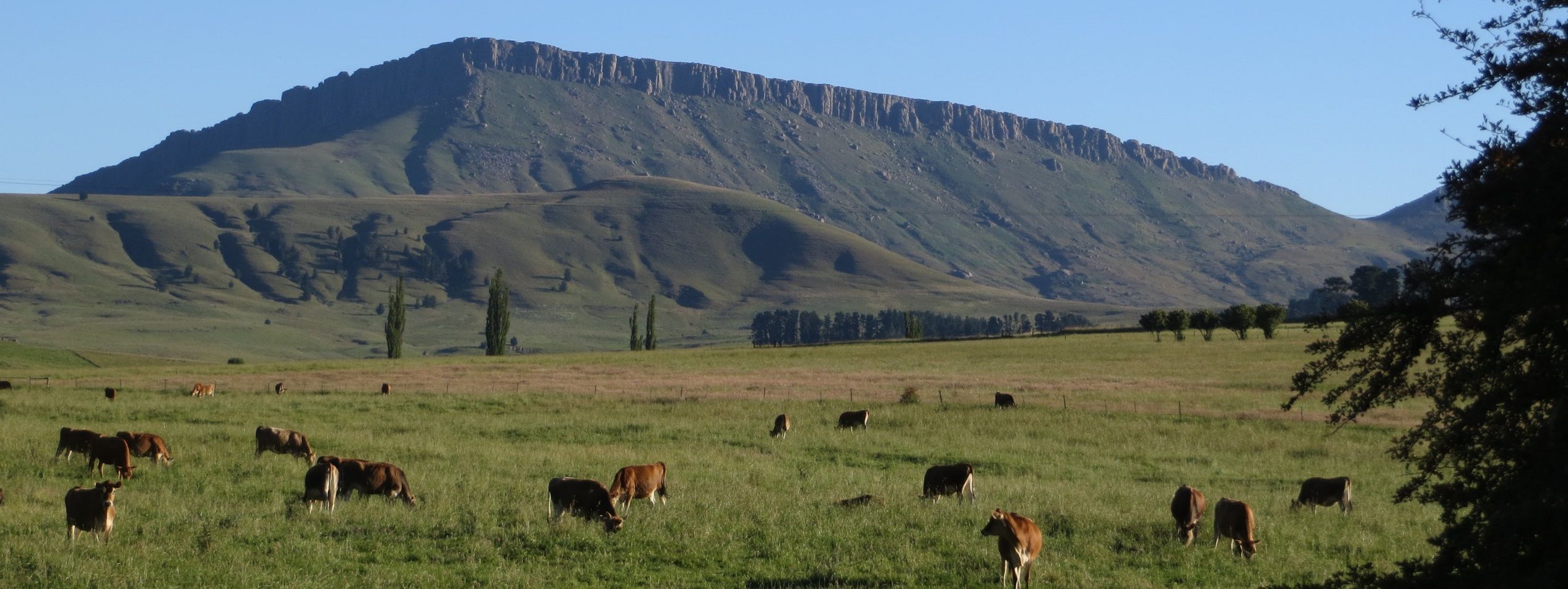It should be noted that the title of this blog is not: ‘The negative impact of livestock’. This is an important point, because contrary to what is often publicised, livestock do not only have a negative impact. The range of impacts is also largely related to how livestock are farmed. If I could make one point through this blog it would be that farming practices make all the difference. Livestock, farming, farmers, meat – they are all often just grouped into one category and linked to negative environmental impacts. This is very unfair.
Range of impacts
I came across Figure 1 in a publication by the Food and Agriculture Organisation of the United Nations. I think it makes the point about varied impacts very well. The effects in black are negative and those in green are positive. In every context, there can be either a negative or a positive effect. As mentioned, this all depends on how the system is managed.
Source: The Impact of Livestock on Biodiversity. Livestock Environmental Assessment and Performance (LEAP) partnership: Food and Agriculture Organisation of the United Nations; 2019. Licence: CC BY-NC-SA 3.0 IGO.
Habitat change
One of the most significant habitat change examples associated with livestock is the clearing of forests to create grazing. This is obviously hugely negative from an environmental perspective (I do not want to get into the socio-economic factors in this blog). Such practices are detrimental practices and lead to habitat degradation, destruction and occupation. The natural environment is completely removed for the sake of livestock.
There is an alternative though. On natural grassland areas, grazing livestock have a positive role to play. When good grazing management practices are implemented, where the grasslands are provided enough time to recover between grazing events, livestock can have a positive effect. Beneficial practices restore the natural habitat of many grassland animals. It can create and maintain habitat for birds, small mammals, reptiles and insects. In this scenario, livestock are included into the natural system, facilitating ecosystem processes.
Grazing management: The key to sustainable pasture-based farming
Pollution and climate change
These two factors are obviously prominent aspects of the negative perception of livestock farming. Poor management can very easily lead to significant greenhouse-gas emissions and nutrient pollution. And this is the case on many farms unfortunately. Inefficient nutrient use, such as over-fertilisation of pastures, poor feed conversion, feed wastage and over-stocking, lead to these negative impacts.
Livestock can make a positive contribution to climate change and reducing pollution though. Through good management, soil carbon levels can be built, which sequesters carbon from the atmosphere and stores it in the soil. This would result in livestock being part of the solution, rather than the problem. Pollution can be reduced by improving efficiency and eliminating wastage.
Invasive species and over-exploitation
Invasive species are a threat to biodiversity and cause water loss from ecosystems. Livestock can cause invasive species to spread. One way this occurs is through overgrazing. Overgrazing places the natural vegetation under pressure, allowing invasive species to take hold and out-compete the natural species. Livestock can also spread seeds through their dung and on their coats. On the other hand, livestock can be used to control invasive vegetation through grazing, or using invasive species as a fodder source, e.g. black wattle.
Over-exploitation is linked to over-grazing, as has been discussed. A further issue with over-exploitation from over-stocking is that the livestock completely dominate the system, allowing no room for other mammals. Livestock need to be stocked and managed in a manner that operates in harmony with natural ecosystems. In this way they can act as a keystone species in an ecosystem, which anchors natural ecosystem processes and services.
Call for action
It is up to consumers to identify and support farmers that implement beneficial practices. And it is up to farmers to adapt their practices, eliminating detrimental practices and adopting beneficial ones. This will provide consumers with more options, and make livestock farming easier to support.
- A carbon footprint assessment for pasture-based dairy farming systems in South Africa - 2024-02-07
- What progress have farms participating with Trace & Save made over the past 10 years? - 2023-09-06
- Carbon footprint reduction over time: Lessons from pasture-based dairy farms in South Africa - 2023-09-04



